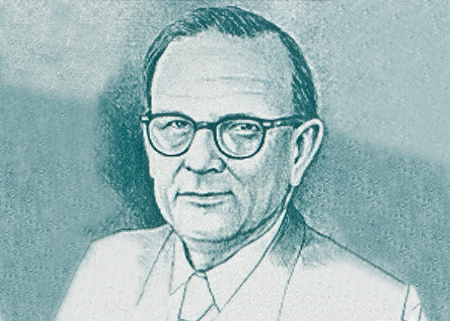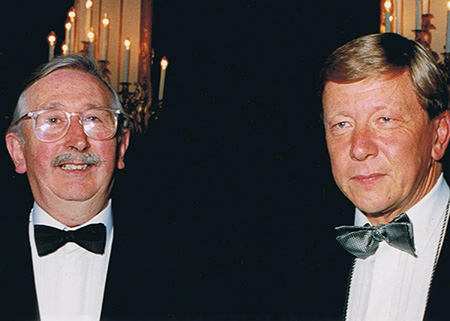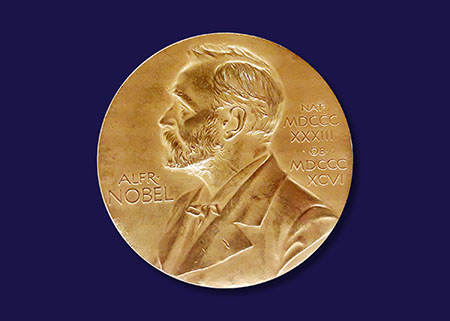New 2025 MIPS Measure Evaluates CT Exam Dose and Image Quality
Learn about eCQM 494, a new MIPS measure addressing excessive radiation dose or poor image quality in adult diagnostic CT scans.
Read moreHans Ringertz, MD, PhD
Did you know that details about the selection process for Nobel Prize laureates must be kept secret for 50 years, per the Statutes of the Nobel Foundation?
While I was not a member of the Nobel Assembly for the Nobel Prize in Physiology or Medicine in 1979, I received the following secondhand account of events, that perhaps someone will confirm in 2029!
During my years in the Nobel Assembly, 1986–2006, I was the only radiologist. In 1979, however, I happened to know all three radiologists on the Nobel Assembly:
These three colleagues had lobbied hard for Godfrey Hounsfield, CBE, FRS, HonFREng, and Allan Cormack, BS, MA, to be considered for a prize for the development of computed tomography.

Laureate Allan M. Cormack, BS, MA (1924–1998).

Laureate Godfrey N. Hounsfield, CBE, FRS, HonFREng (1919–2004) and I (L–R); European Congress of Radiology, Vienna, Austria, 1993.
By Oct. 1, 1979, the Nobel Assembly committee (the working body), and the Assembly (voting body), had received all nominations and the selection process was complete. The immunology prize was assessed as most probable — just two and a half hours before the press conference. But when they counted all the written votes, they discovered an equal number of votes for both the computed tomography nomination and the immunology alternative.
The chairperson then indicated that, as chairperson, he had the casting vote. However, the chairperson was an immunologist, and the primary alternative for the prize, other than Hounsfield and Cormack, was a group of immunologists. One of the radiologists, Dr. Greitz, questioned this, and suggested they research what Alfred Nobel had previously stated about this possibility.
Nobel was indeed a very particular person, and what they discovered was that in the case of a tie while voting for the prize, the assembly should toss a coin! Thus, the coin toss of 1979 resulted in a Nobel Prize in radiology for the development of computed tomography. As you can imagine, the Nobel Assembly faced a considerable problem in presenting this unexpected prize at the press conference — only minutes later — as no speaker had been selected and no presentation had been prepared in advance.
As I recall, the same group of immunologists received the Nobel Prize in Physiology or Medicine a few years later.

The official Nobel Prize medal, individually engraved for each laureate.
New 2025 MIPS Measure Evaluates CT Exam Dose and Image Quality
Learn about eCQM 494, a new MIPS measure addressing excessive radiation dose or poor image quality in adult diagnostic CT scans.
Read moreBill Introduced to Expand Access to Lung Cancer Screening
The bill would enable healthcare organizations to purchase new mobile cancer screening units under a program within the HRSA, with an emphasis on lung cancer.
Read moreImplementing Expanded Medicare CTC Coverage
CMS notified Medicare Administrative Contractors of decision to expand coverage for Colorectal Cancer Screening Tests National Coverage Determination (NCD) 210.3
Read more